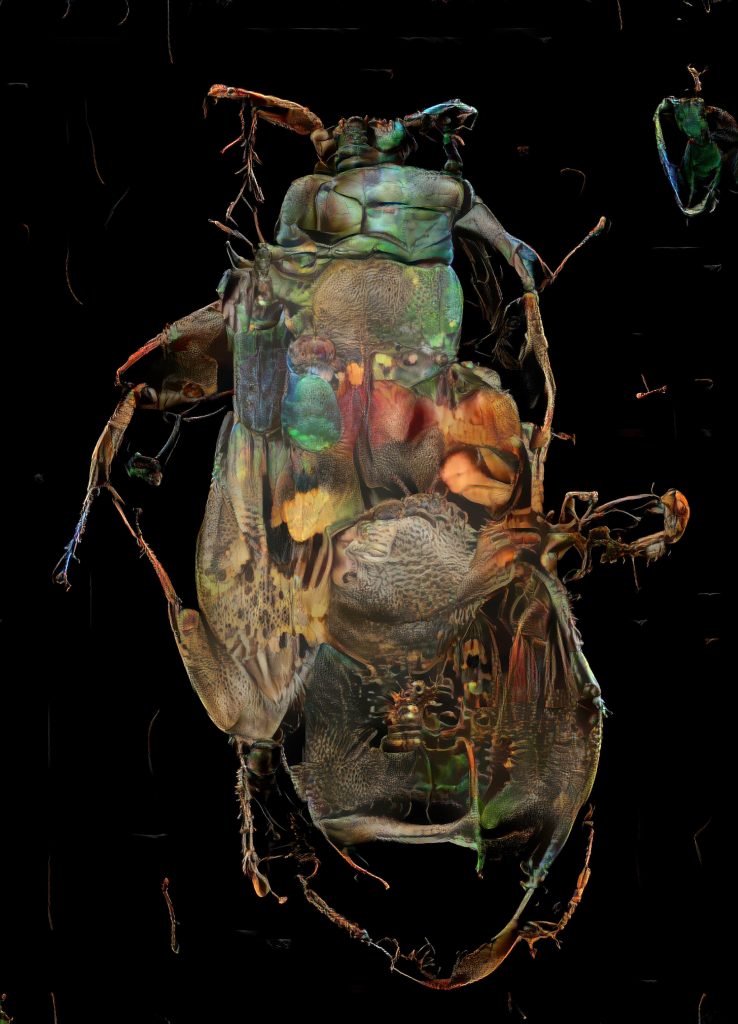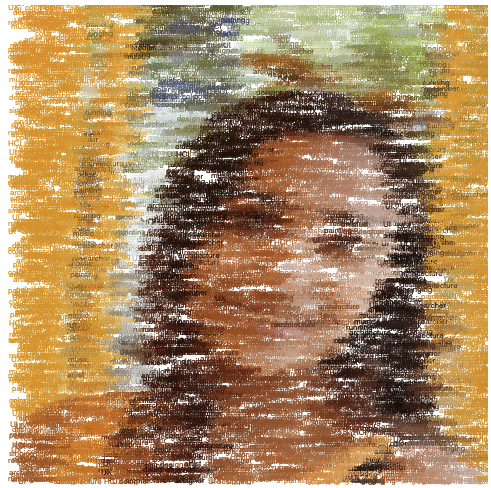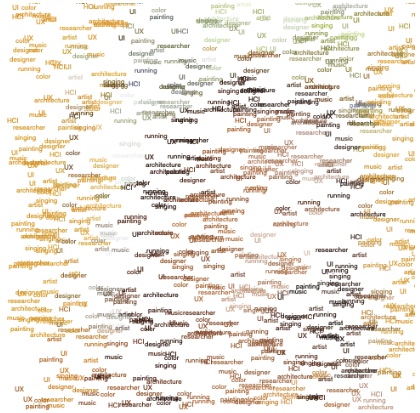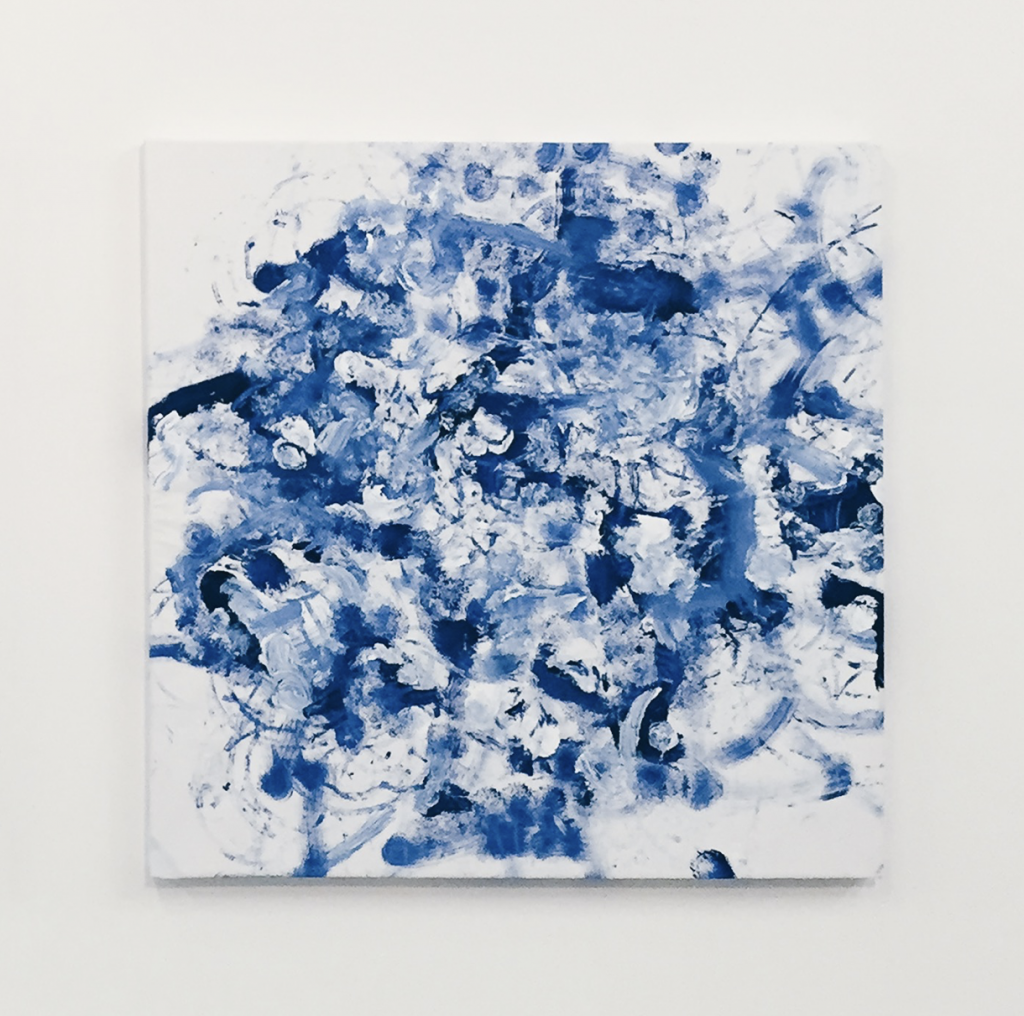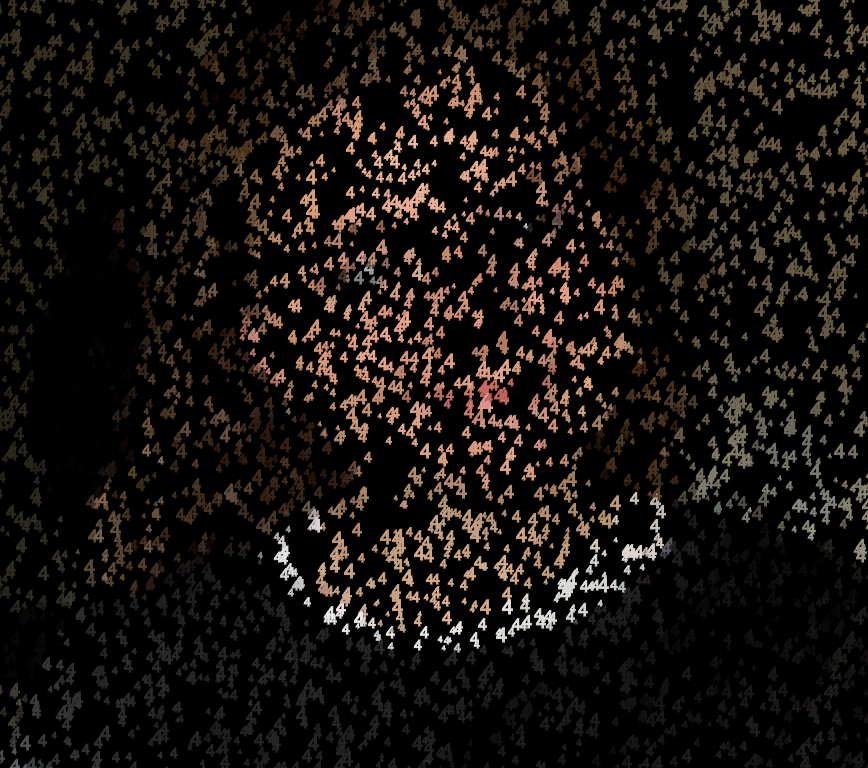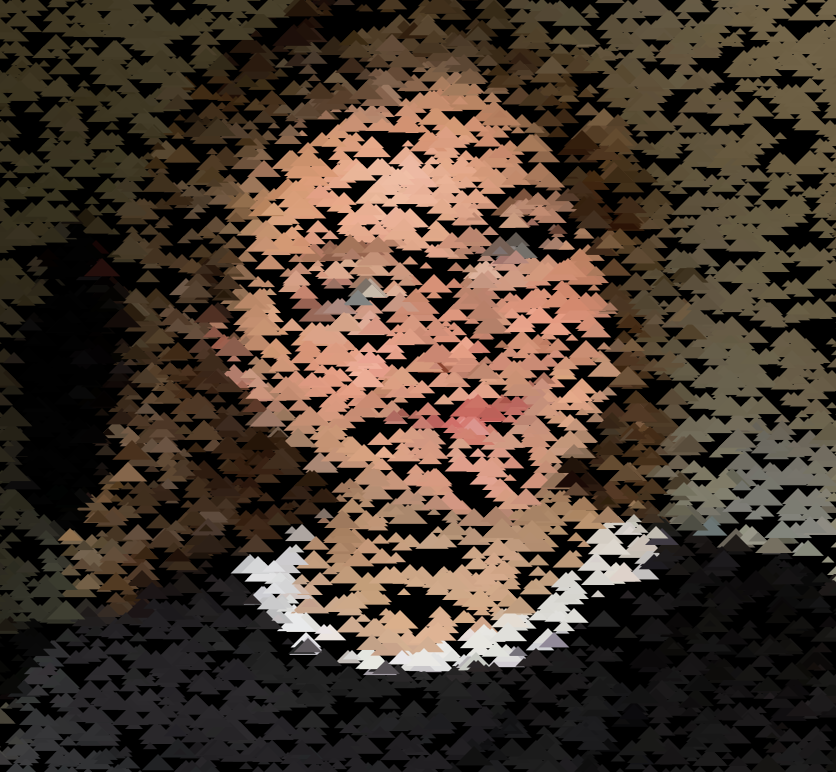Caroline is a UI/UX designer, machine learning design researcher and artist concerned about consent in technology. She is the founder of convocation design and research agency which focuses on machine learning and ux design that is for public good. As a ux designer and ux researcher she worked with Intel, IBM Watson, Wikimedia Foundation, Amnesty Foundation, and more. She additionally has partnered with Harvard Kennedy School and the Mozilla Foundation.
What I admire about Caroline is that she is a UX/UI designer which is the job I aspire to have. Her work focusing on public good also inspires me to learn more about social issues related to technology rather than just aesthetics. In her project, “How to Explain a Hurricane to an Algorithm,” Caroline explains that when her grandmother’s home was destroyed in Hurricane Katrina, she found a bunch of personal and private objects that belong to the family. She spent her last 12 years photographing and looking at archives. Using an algorithm Caroline was able to represent a documentation of loss, anxiety, grief, and post trauma culture at home.
Website: https://carolinesinders.com/how-to-explain-a-hurricane-to-an-algorithm/

![[OLD SEMESTER] 15-104 • Introduction to Computing for Creative Practice](../../../../wp-content/uploads/2023/09/stop-banner.png)





